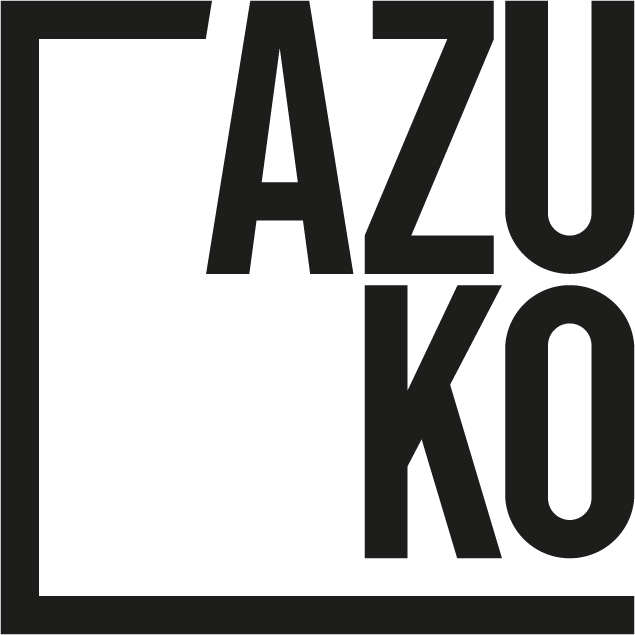“Society has been completely urbanized… the street is a place to play and learn. The street is disorder… this disorder is alive. It informs. It surprises…
The urban space of the street is a place for talk, given over as much to the exchange of words and signs as it is to the exchange of things. A place where speech becomes writing. A place where speech can become ‘savage’ and, by escaping the rules and institutions, inscribe itself on the walls.”
You have a home in a building; four walls and a door. You use public transport; tap in - tap out. You shop in a supermarket; please scan your first item. You are not aware of where the food is produced. You walk along a road; ipod in - headphones on. There are billboards for washing up liquid, weight loss and cars. You cycle to a park. You stop at a red light, yawn. A bus passes, advertising a film. Go Green. These are a few moments captured within the daily existence of urban life, encompassed by a physical framework of walls and streets, structures and predetermined routes. These influence our daily lives to the point that we become unaware, passive about our very existence. Long before we are born, conditions already in place impact our lives; before we can shape the world, the world shapes us. And yet the space opened up by the street is an open playing field; accessible as much to the constant slew of advertising and consumerism, as to its anti-capitalist artistic retorts.
Art, in whatever guise it takes, allows for a sociability unique to it; fostering an encounter which allows the viewer to perceive, react and respond. It allows them to take away from the experience as little or as much as they desire. While not confined to the private space, urban street art has a similar effect,
“Street artists are distinguished by a reactive stance vis-à-vis their spatial, political and social environment. Their great attention to traditions and to certain types of popular knowledge, the bridges they build between various disciplines, [broaden] the access of populations to culture.”
The positioning of the urban street artist can no longer be stereotyped as a covered face, spray paint at hand, rushed movements made, before trainers hit tarmac as sirens approach. Herein lies Graffiti’s younger sister. The mediums and messages have expanded, explored and pushed the boundaries, they have moved away from territorialism. Today, urban street art has evolved into a multi-dimensional hybrid of street art, graffiti and fine art, adapting methods of graffiti, as well as the street in which it is exposed, all the while stressing the conceptual idea behind the work. Now, sculpture, yarn bombing, stickers, mosaic tiling, wheat pasting, wood blocking, stencils, as well as the ever present spray can, are some of the wide range of mediums used to leave messages across some of the world’s most vibrant cities.
The visual messages open the street to becoming a place for dialogue and retort. The visual encounter is changing, considering the multidisciplinary nature of urban street art and the economic, political and cultural contexts of their placement. By adopting new mediums and techniques, urban street art is manipulating the urban space, not solely by adding layers, but by altering and also removing elements of the surroundings, awakening unconscious repetition, "its relationship to the public via interactivity and the questioning of the spectator remains an essential springboard for the creation of Urban Street Art" (Floch).
“Left to an audience to be liked or loved, hated or loathed, judged or simply ignored, it is between the walls and the street, the predetermined routes of everyday life, open to individual interpretation, that the public chooses their response.”
Representative of a sub culture, often hushed with fines, prison, street cleaners, and poor reputation, urban street art simply uses walls as canvas: as an unclaimed margin for change. With its underlying message of rebellion, anti capitalism and anti consumerism, it is not only an artistic movement, but a social movement.
“Anyone who doubts that street art is one of the most, if not the most significant art movements of our times, need only take a walk through London, New York or São Paolo and pause to look at the work that has been created on its walls”
It is a viable tool for social re-awakening; re-connecting urbanites with their urban dwellings. It is between the walls and the street of the city, that a social interstice opens, creating a space for dialogue. In this space, urban street art reacts, a fluid responsive art form, media, forms and messages evolve continuously, remixing culture as a retort to an existing, equally unfixed, society.
Cities are seen as spaces of transformative possibilities, and urban street art as the window of opportunity for re-defining urban culture - one in which the individual realises their place within the whole, and raising the unconscious repetition of daily existence and life to the conscious level. At the intersection between private and public, producer and consumer, and people and place, this margin for change is opened up, as the viewer moves from being a passive element to a re-engaged active participant of society.
There is a power behind envisioning art as a tool for re-awakening individuals to their surroundings, and by bringing the actions of unconscious repetition into the conscious, re-engage people with place. Viewing is an action that confirms or transforms our position, and emancipation begins when the barrier between passivity and action is disrupted.
Author: C. Tunnacliffe






